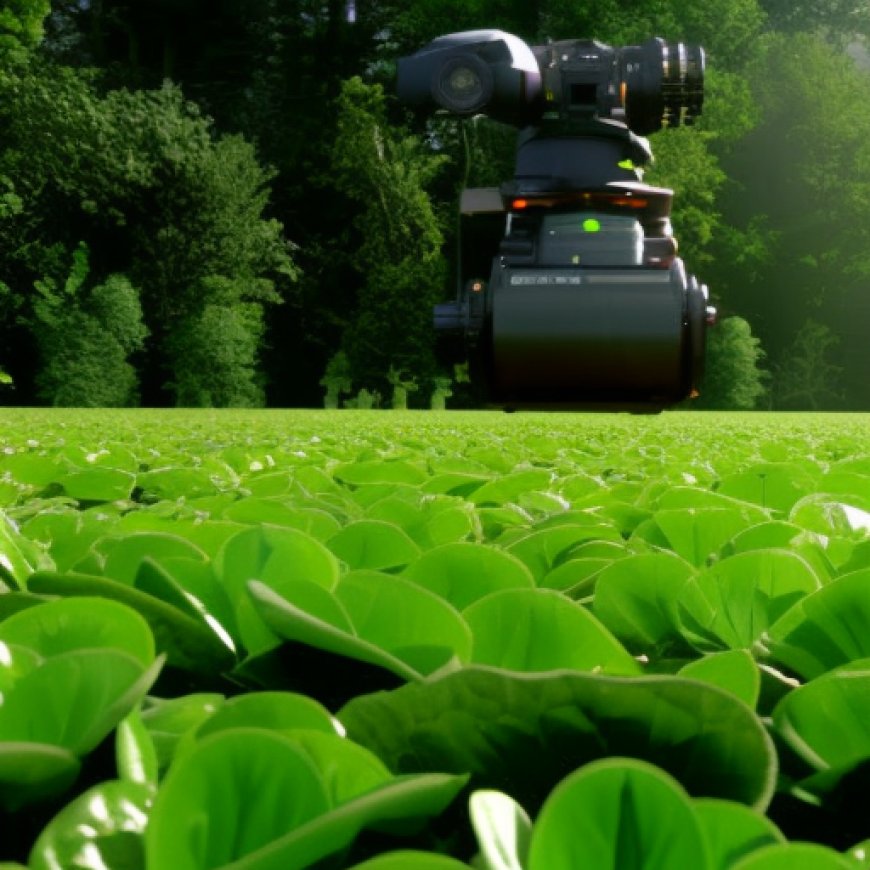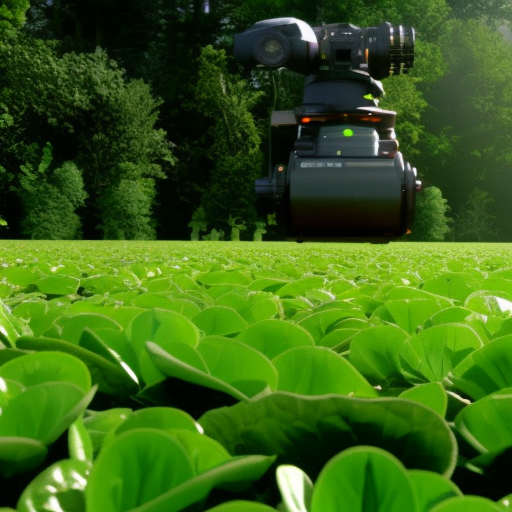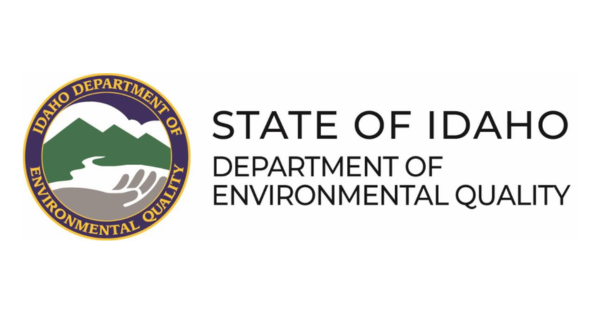DEQ accepting State Agricultural Best Management Practices Grant Program applications through April 15, 2024
DEQ accepting State Agricultural Best Management Practices Grant Program applications through April 15, 2024 Dailyfly


State Agricultural Best Management Practices (BMP) Grant Program

The State Agricultural Best Management Practices (BMP) Grant Program is accepting applications until April 15, 2024. This program aims to support water quality improvement efforts statewide and assist landowners in implementing agricultural or ranching best management practices that align with the Sustainable Development Goals (SDGs).
Objective: Water Quality Improvement
The grant program focuses on reducing water pollution and meeting the objectives of total maximum daily load requirements. By implementing agricultural or ranching BMPs, landowners can contribute to the improvement of water quality in their areas.
Eligibility Criteria
- Projects must address agricultural or ranching BMPs.
- Projects must be ready for implementation.
- Projects must involve multiple partners.
- Projects must leverage other funding resources.
Application Process
The Department of Environmental Quality (DEQ) has transitioned to a new online grant management system called AmpliFund. All interested applicants must create an account and submit a completed application using this system. Detailed resources and instructions can be found on DEQ’s Grant Funding Resources web page and SDGs, Targets, and Indicators Analysis
The article discusses the state Agricultural Best Management Practices (BMP) Grant Program, which aims to support water quality improvement efforts and reduce water pollution. This directly connects to SDG 6, which focuses on ensuring clean water and sanitation for all. Additionally, the program also involves modifying agricultural practices to meet the objectives of total maximum daily load requirements, which relates to SDG 15, which aims to protect, restore, and promote sustainable use of terrestrial ecosystems.
The article mentions that the grant program supports efforts to reduce water pollution and meet total maximum daily load requirements. This aligns with the target under SDG 6.3 to improve water quality by reducing pollution. Additionally, the program aims to modify agricultural practices to protect and restore terrestrial ecosystems, which relates to the target under SDG 15.1.
The article does not explicitly mention specific indicators, but progress towards the identified targets can be measured by monitoring water pollution levels, tracking the adoption of best management practices by landowners, assessing the reduction in hazardous chemicals and materials in agricultural practices, and evaluating the conservation and restoration efforts of terrestrial ecosystems.
1. Which SDGs are addressed or connected to the issues highlighted in the article?
2. What specific targets under those SDGs can be identified based on the article’s content?
3. Are there any indicators mentioned or implied in the article that can be used to measure progress towards the identified targets?
4. Table: SDGs, Targets, and Indicators
| SDGs | Targets | Indicators |
|---|---|---|
| SDG 6: Clean Water and Sanitation | 6.3: By 2030, improve water quality by reducing pollution, eliminating dumping and minimizing release of hazardous chemicals and materials. | – Water pollution levels – Reduction in hazardous chemicals and materials |
| SDG 15: Life on Land | 15.1: By 2020, ensure the conservation, restoration, and sustainable use of terrestrial and inland freshwater ecosystems and their services. | – Adoption of best management practices – Conservation and restoration of terrestrial ecosystems |
Behold! This splendid article springs forth from the wellspring of knowledge, shaped by a wondrous proprietary AI technology that delved into a vast ocean of data, illuminating the path towards the Sustainable Development Goals. Remember that all rights are reserved by SDG Investors LLC, empowering us to champion progress together.
Source: dailyfly.com

Join us, as fellow seekers of change, on a transformative journey at https://sdgtalks.ai/welcome, where you can become a member and actively contribute to shaping a brighter future.







